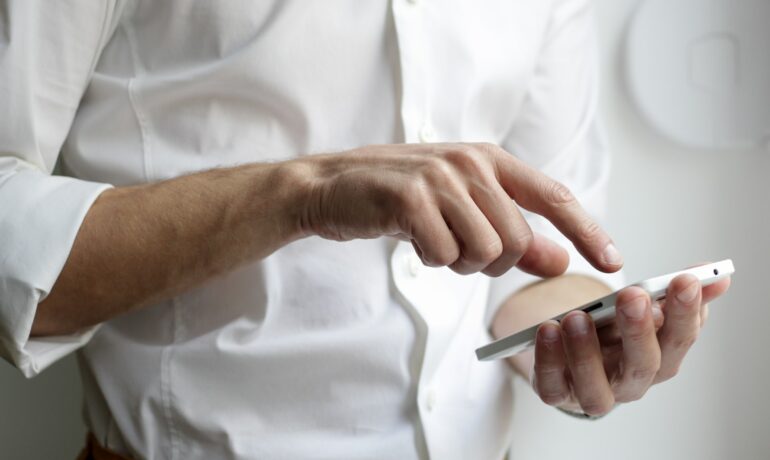Doctors and hand specialists recommend various treatment options for De Quervain Syndrome. Here’s what you need to know a splint for de Quervain syndrome.
People suffering from De Quervain’s syndrome experience significant pain at the base of the affected thumb. This pain increases when you move your wrist during routine activities and work.
What is De Quervain Syndrome?
Also known as De Quervain’s tenosynovitis, this condition affects the tendons at the base of the thumb. The syndrome results from inflammation of these tendons due to repetitive overwork. Consequently, it’s difficult for the tendons to slide through the sheath in the tunnel leading to the thumb.
De Quervain syndrome patients experience the following:
- Tenderness at the base of the thumb
- Pain when performing acts that require significant thumb involvement, like grasping and gripping objects, as well as forming a fist.
- Swelling at the site of interest
- Difficulty moving the affected thumb and wrist
- The tendons might snap audibly during wrist movement
Hand specialists recommend and offer various solutions for De Quervain syndrome. One of the most common recommendations is taping the wrist and thumb.

What is a De Quervain Syndrome Splint?
A splint is a device used to immobilise the affected thumb, reducing movement to alleviate pain. When applied to a patient suffering from the condition, the splint supports the thumb and wrist joint, limiting overuse during activity.
Your doctor might recommend splinting your thumb and wrist before you go to bed. The device’s rigid material further prevents you from hurting your wrist due to accidental movements during the night.
In many situations, a hand specialist will advise the patient to wear the splint for the entire day for four to six weeks. This allows the tendons to heal correctly, enabling you to return to work fully.
How Does a Splint For De Quervain Syndrome Help?
Your doctor may recommend a splint for De Quervain syndrome to ease the pain at the base of the thumb and wrist. The device holds the thumb and wrist in a neutral position, preventing the joint from moving too much during the rest and healing period.
In addition, some people develop the condition due to repetitive manual tasks they execute at work. And because it might be challenging or impractical to avoid these tasks, wearing a thumb splint supports the joint, preventing you from straining the tendons any further.
Although wearing a splint for de Quervain syndrome provides gradual pain relief in the wrist and thumb, it might initially feel clunky and uncomfortable. However, you can find splints made from various lightweight, comfortable materials like plaster and thick textile materials.
De Quervain Syndrome Treatment at The Harley Clinic
Consult your doctor to discuss options for the most effective and appropriate treatment for De Quervain syndrome for you. Your doctor can recommend other treatments for the condition to complement the splint. For instance, hand therapy prevents your thumb muscles from becoming stiff and wasting away due to limited use.
If you want to explore hand and upper limb procedures, book a consultation with a hand specialist at The Harley Clinic.
Further Reading:













